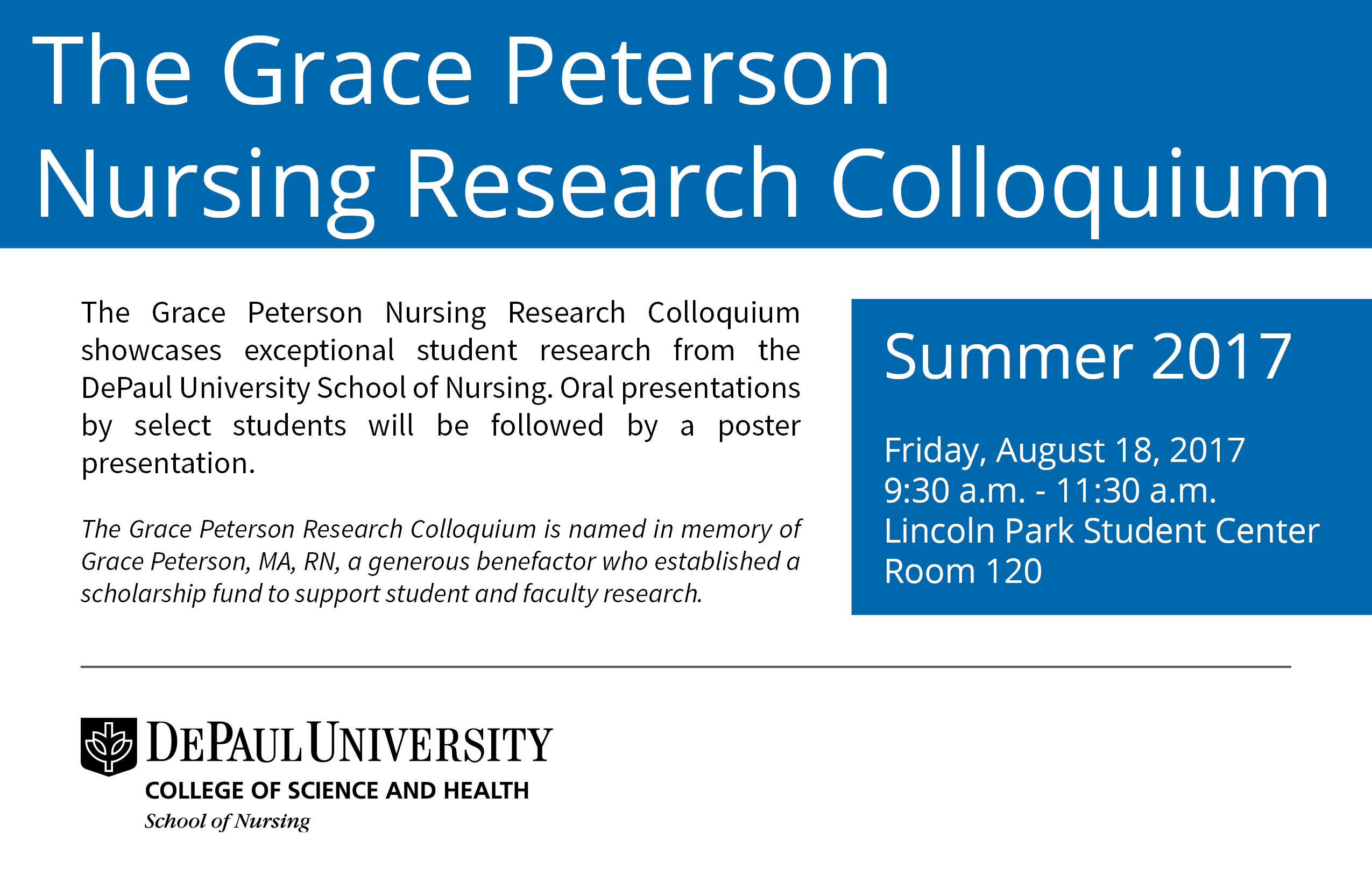Title of Research
Efficacy of No-Nit Policies: An Integrative Literature Review
Start Date
18-8-2017 10:00 AM
End Date
18-8-2017 11:30 AM
Abstract
No-Nit policies have been used in schools since their introduction in the mid-1980s to combat the spread of head lice throughout a school community. The policies state that if a child is found to have live lice or lice eggs, termed ‘nits,’ they are not able to return to school until they can show a complete removal of all nits. Despite the American Academy of Pediatrics and the National Association of School Nurses condemning the use of these policies, schools continue to implement them to try to curtail head lice outbreaks. The research analyzed in this literature review has found that No-Nit policies tend to disrupt a child’s learning and are ineffective in limiting the spread of lice in schools. Exclusionary policies are not evidence based and should be discontinued in lieu of education and treatment programs that promote academic success.
Included in
Efficacy of No-Nit Policies: An Integrative Literature Review
No-Nit policies have been used in schools since their introduction in the mid-1980s to combat the spread of head lice throughout a school community. The policies state that if a child is found to have live lice or lice eggs, termed ‘nits,’ they are not able to return to school until they can show a complete removal of all nits. Despite the American Academy of Pediatrics and the National Association of School Nurses condemning the use of these policies, schools continue to implement them to try to curtail head lice outbreaks. The research analyzed in this literature review has found that No-Nit policies tend to disrupt a child’s learning and are ineffective in limiting the spread of lice in schools. Exclusionary policies are not evidence based and should be discontinued in lieu of education and treatment programs that promote academic success.


